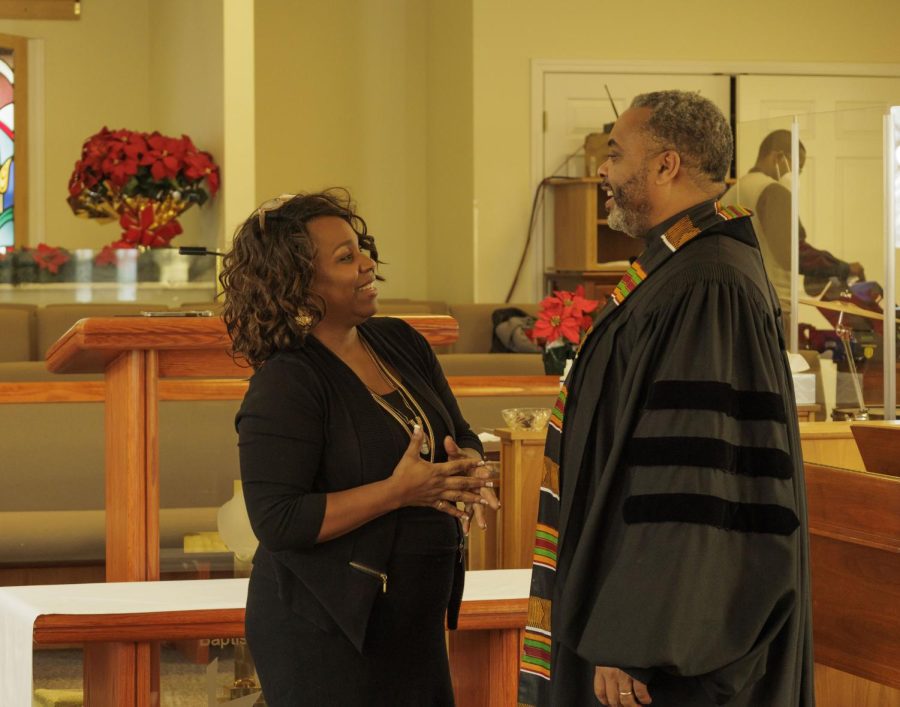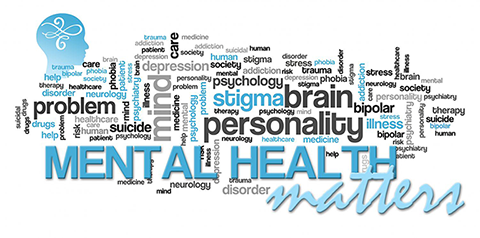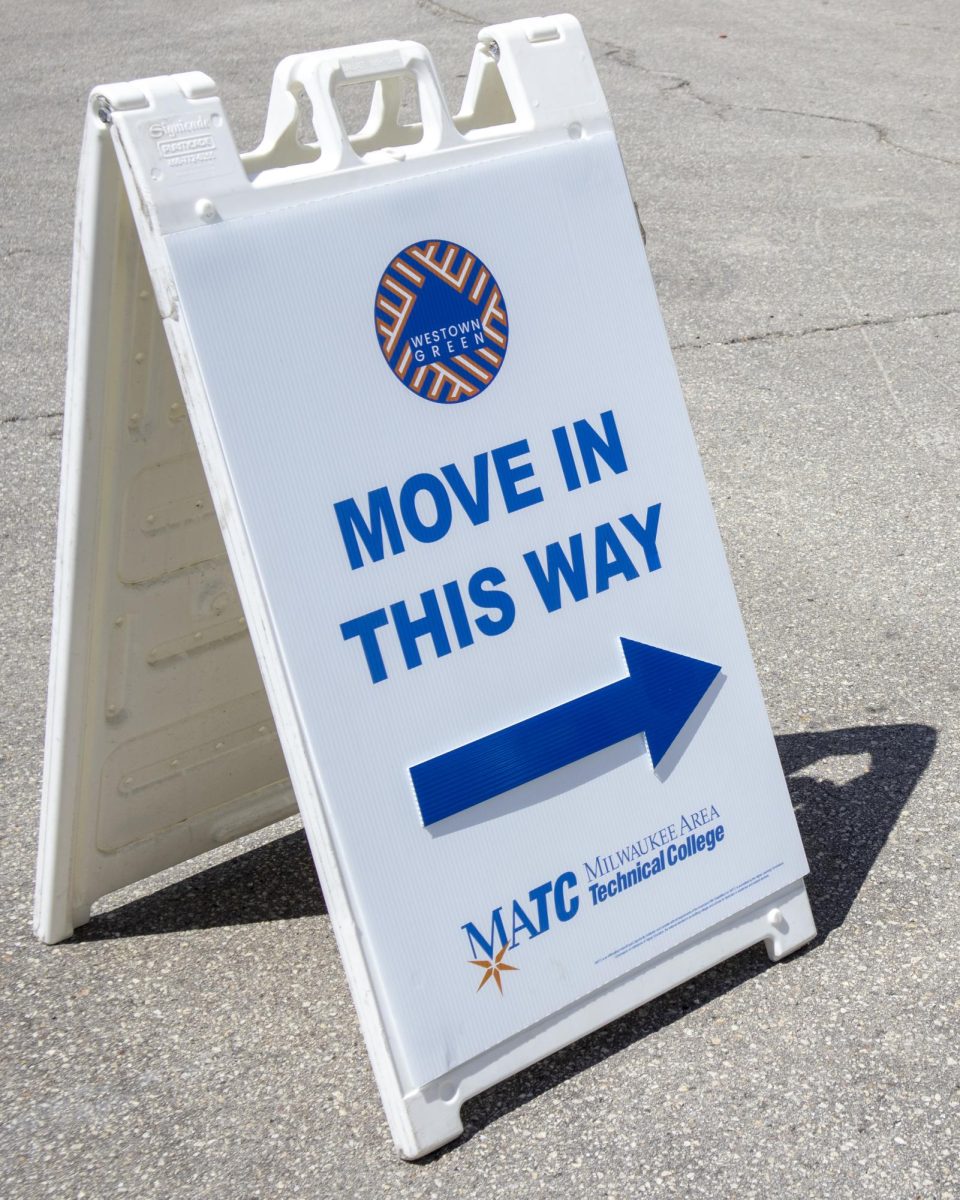Milwaukee has the seventh highest teen pregnancy rate in the U.S. and continues to fluctuate in the top ten from year to year. It is gaining more awareness and community healthcare efforts, yet persists to be a prevalent problem.
Milwaukee has the 7th
highest teen pregnancy rate in the U.S.
Teen births cost the Milwaukee area $48 million a year.
85% of teen births are paid for through tax dollars.
70% of teen mothers never finish high school.
71% of babies born to teen mothers are fathered by men over the age
of 20, which is considered
statutory rape.
23% become pregnant during
sexual assault.
Statistics show that teen pregnancy is not only a burden to the parents, but to society as a whole. With every growing belly, grows the responsibility a city must endure as the increasing costs of healthcare are seen in our taxes. According to United Way, 85% of teen births are paid for through tax dollars and births cost the Milwaukee area $48 million a year.
The causes of teen pregnancy are deeply embedded in our community. One of the root causes is sexual victimization and abuse.
According to United Way, 71% of the babies born to teenage mothers are fathered by men over the age of 20, which is considered statutory rape. Even if the female consents to sex, if she is under the age of 18 it is legally considered rape, and 23% become pregnant during sexual assault.
Teen pregnancy is especially prevalent in communities that experience poverty. According to Nicole Angresano, Associate Director at United Way, 70% of teen moms never finish high school.
“When you’re the child of a teen mom, you are less likely to finish high school,” said Angresano. “If you’re the male child of a teen mom, you are more likely to be incarcerated.
“Those children often become teen parents themselves and the cycle often continues.”
The Milwaukee community offers much in service to assist pregnant teenagers. Yet with the negative stigma surrounding teen pregnancy, some may feel hesitant or ashamed to take advantage of these services.
There are multiple ad campaigns in Milwaukee to raise awareness about the impact it has on the community.
Education is the first step,” said Angresano. “Some teens get pregnant because they don’t have the sex education, and some get pregnant on purpose because they think that having a baby will give them someone to love.”
The programs available to assist teenagers in awareness, prevention and education are somewhat divided with their approach to address the issue. Groups such as United Way and Planned Parenthood support comprehensive education, including information about abstinence, contraceptives and disease prevention. They also provide young people with information on how a person can get pregnant, prevent pregnancy, anatomy and how to build healthy relationships.
However, programs that support abstinence-only education receive a lot of government funding. With over ten years of government funding, abstinence- only education has increased partly because of the U.S. government pushing more than a
billion dollars towards the programs. Federal funding of abstinence-only programs is being debated in the House with questions raised over its one-size-fits-all approach.
Rosalie Manor, which focuses on the prevention of child abuse, child neglect, and teen pregnancy in Milwaukee, promotes
abstinence-only education. They did not respond to comment
on the issue; however, Anne Brosowsky, Resource Center Administrator at Planned Parenthood, said that even though they do get funding for abstinence-only education, they must follow strict guidelines.
“You can talk about birth control, but you can only talk about it in terms of failure rate, and you can’t talk about disease transmission,” said Brosowsky. “As a result of that, they tend to stay pretty far away from us, because if they were seen working with us, it would jeopardize their funding.
“I think that we are going to start to see the pendulum swing the other way just as more well-funded and well-defined studies come out and talk about health care comprehensively.”
Abortion is at the lowest rate it has been since it’s been legalized, with emergency contraception attributed to its dramatic decline. Although teen births have increased recently, teen pregnancy and birth rates have overall been consistently dropping.
“I think that there is a lot more work to be done,” said Brosowsky, “but people really are getting the message.”
The steady decline in the teen birth rate between 1991- 2004 has already provided significant cost savings. According to the National Campaign to Prevent Teen Pregnancy, the progress in reducing teen child-bearing saved Wisconsin taxpayers approximately $197 million alone.
“This report makes clear that teen pregnancy and child-bearing have significant economic and social costs,” said Sarah Brown, Director of the National Campaign to Prevent Teen Pregnancy, in a press release.
“Making further progress in reducing teen pregnancy will benefit taxpayers and the economy, as well as improve the educational, health, and social prospects for this generation of young people and the next.




















































